The newly released Streamliner Center Blocks and Hollow Bodies lets players explore new sounds and textures at an affordable price.
Built for versatile tones and spectacular style, these guitars scream with modern features and vintage Gretsch stylings from the ‘40s, ’50 and ‘60s. The Streamliner Collection offers players of any level the chance to harness the vibe, tone, and feel that’s made Gretsch a household name with tone purists.
Specs
- All New BT-3S Pickups With Coil Splitting: Stronger mids to hit the amp harder. Tight but full low end while retaining characteristic Gretsch definition Splitting the coils to provide a useful single coil sound for vintage Gretsch clarity.
- Revised Chambered Spruce Center Block Design: Gives faster attack, more punch, more concentrated mid-range, while maintaining exceptional resonance and acoustic clarity.
- Soft C Neck Profile: Comfortable neck back shape with reduced shoulder that provides extraordinary feel and ease of playability that allows the player to effortlessly play runs or chords up and down the neck.
- Real Bone Nut: Gives warmer more natural tone and improves tuning stability. More organic and natural high end.
Introducing the all-new Streamliner Hollow Body and Center Block Models | Gretsch Guitars
Gretsch G2622T Streamliner Center Block Double-Cut Electric Guitar - Steel Olive
More info at gretschguitars.com.
Gretsch
$599.99
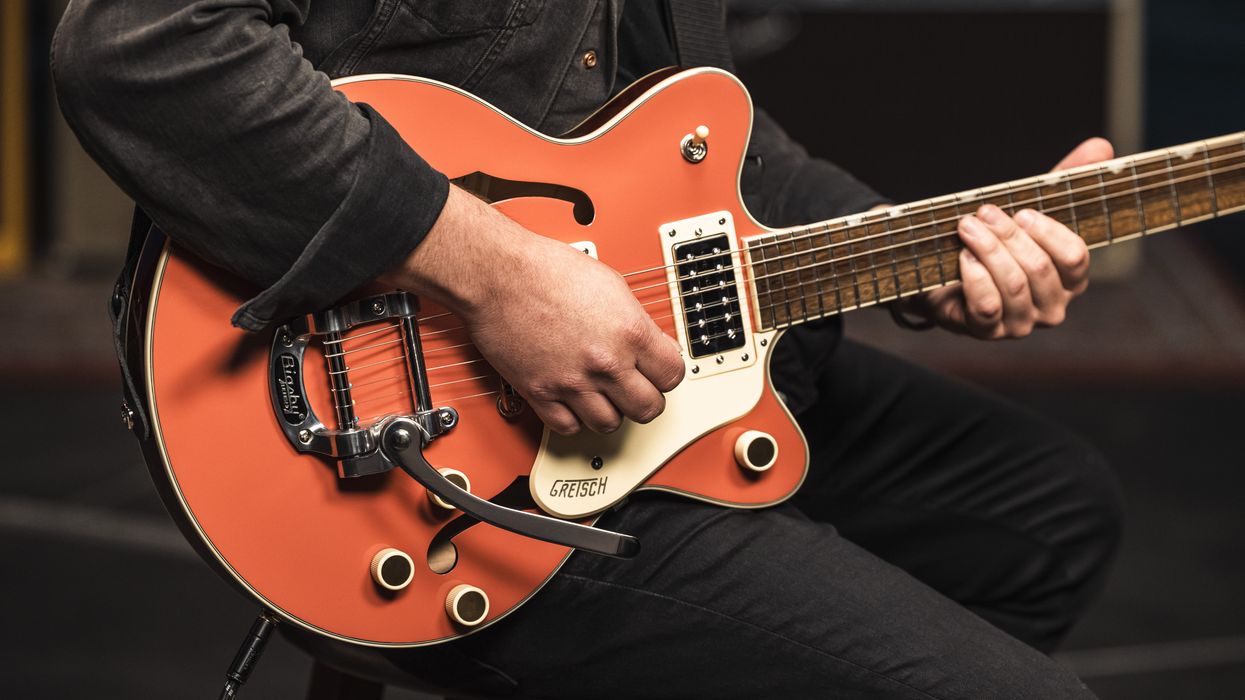
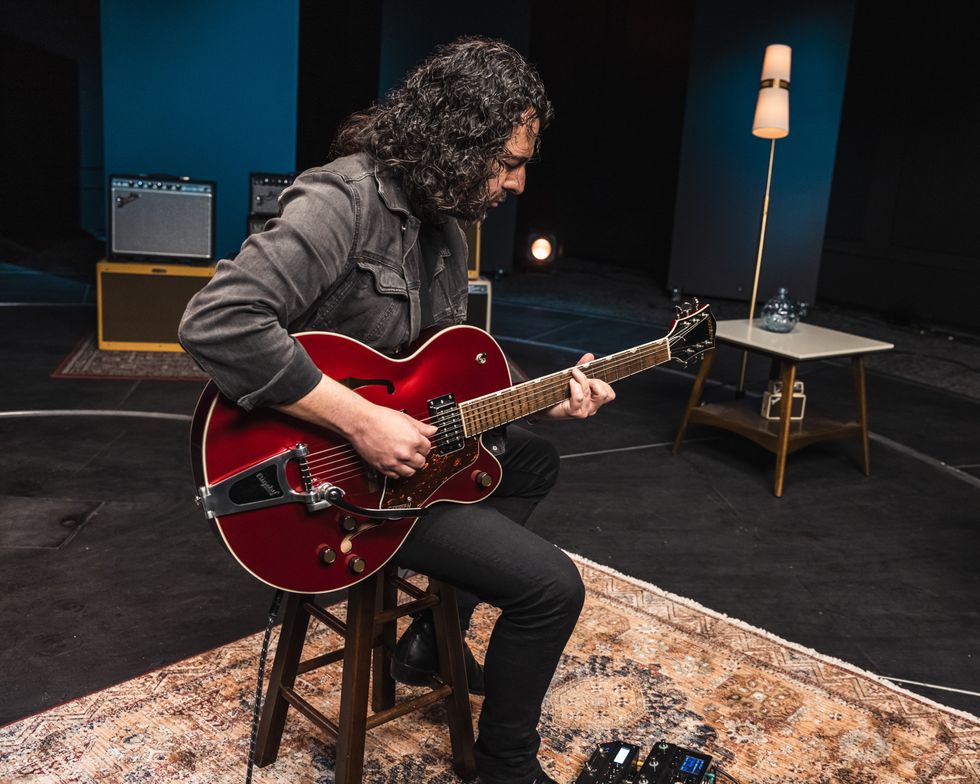
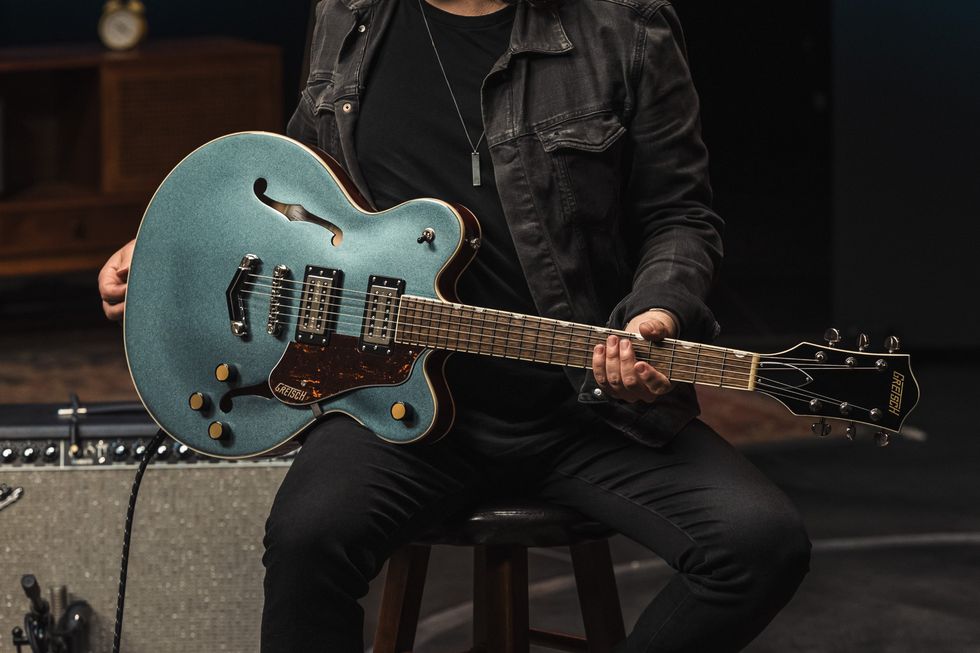
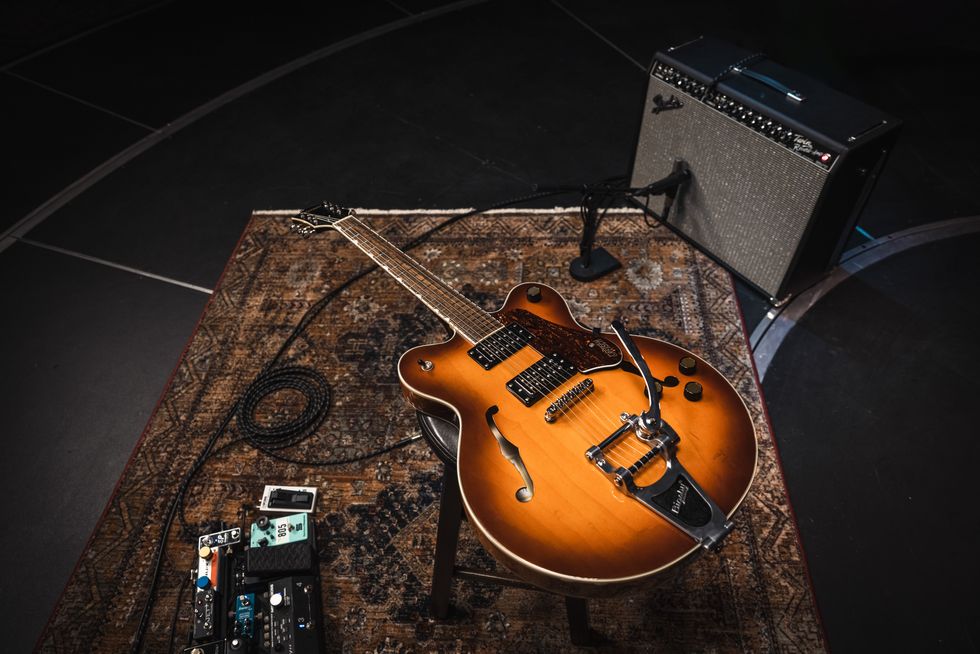



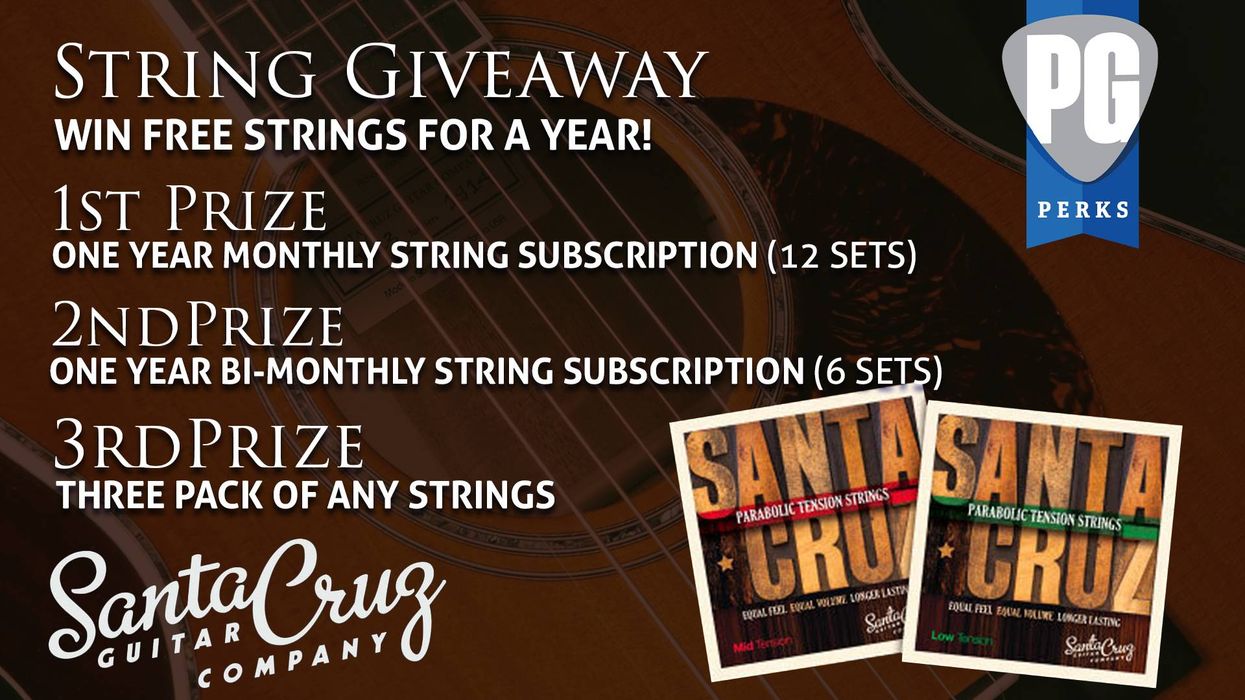
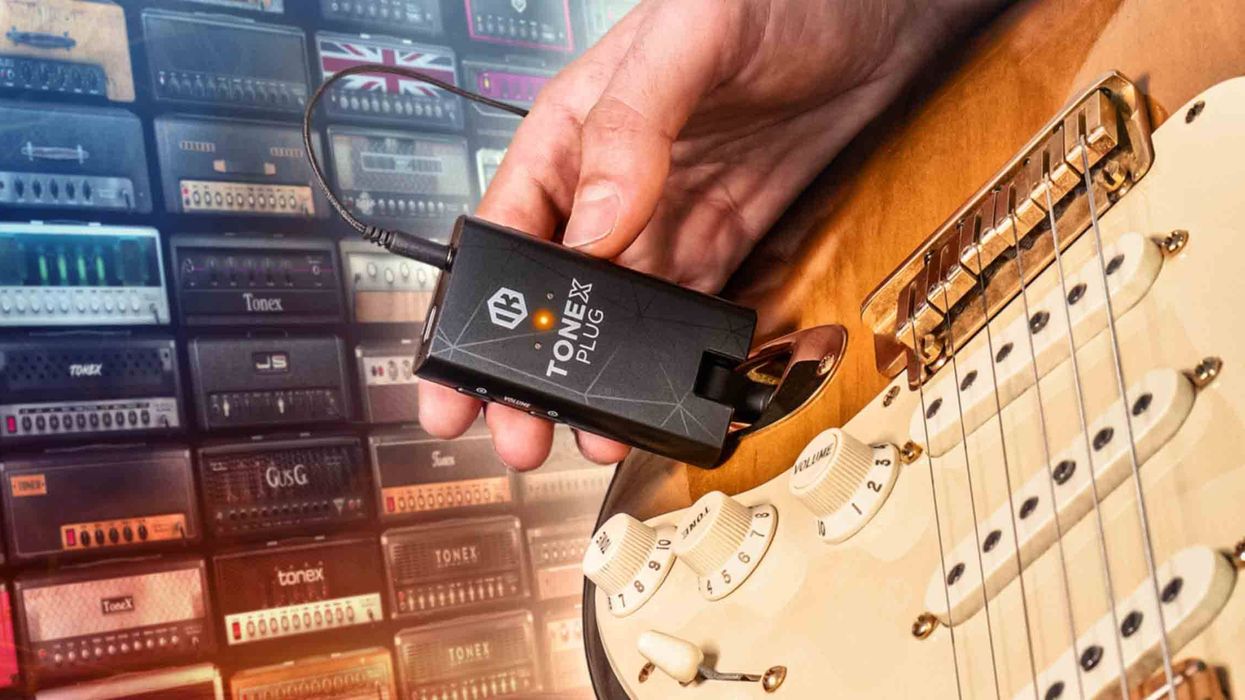

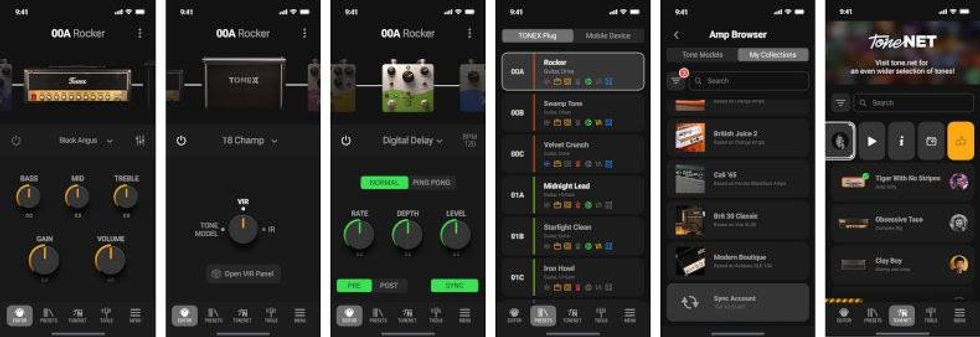






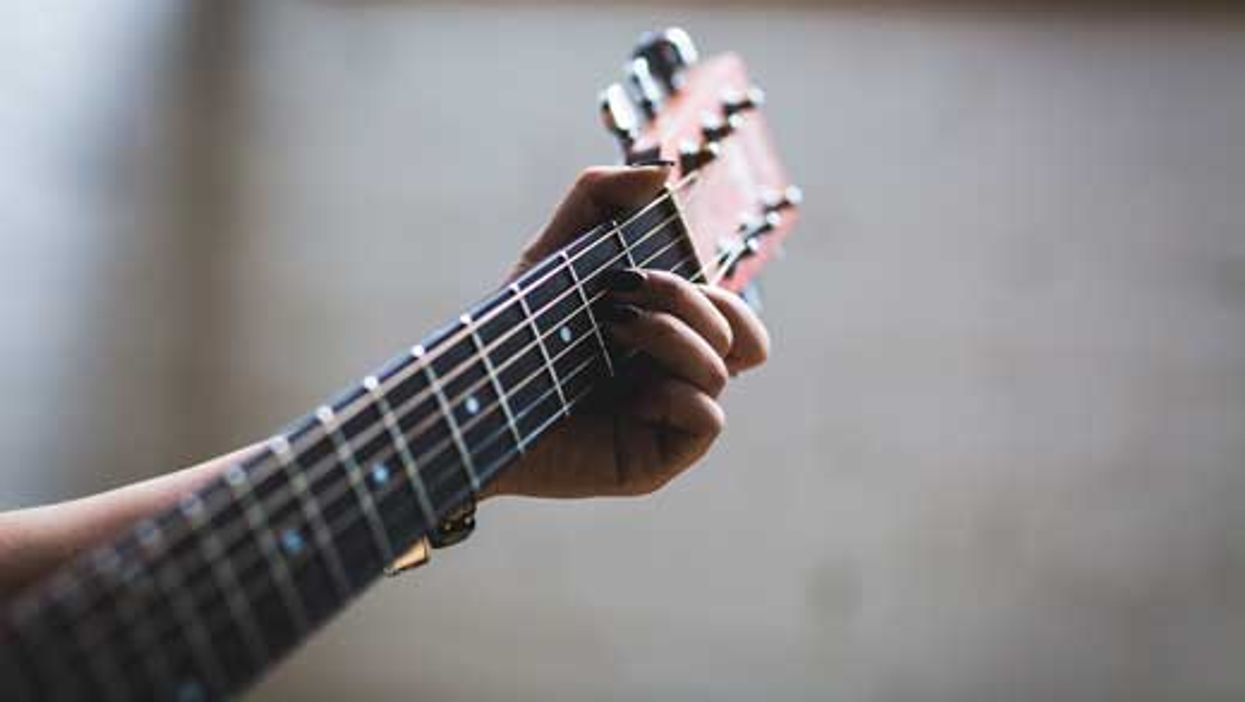
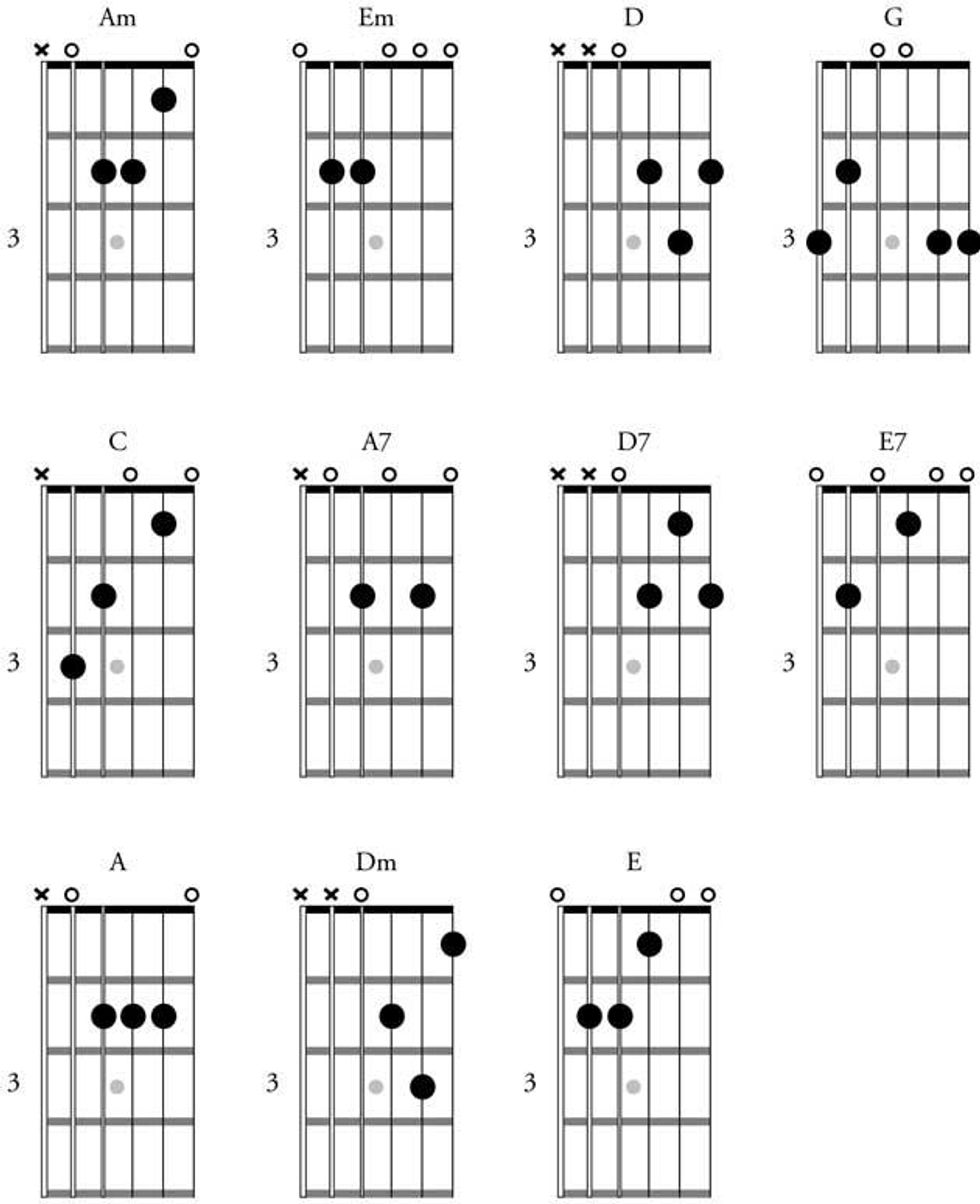
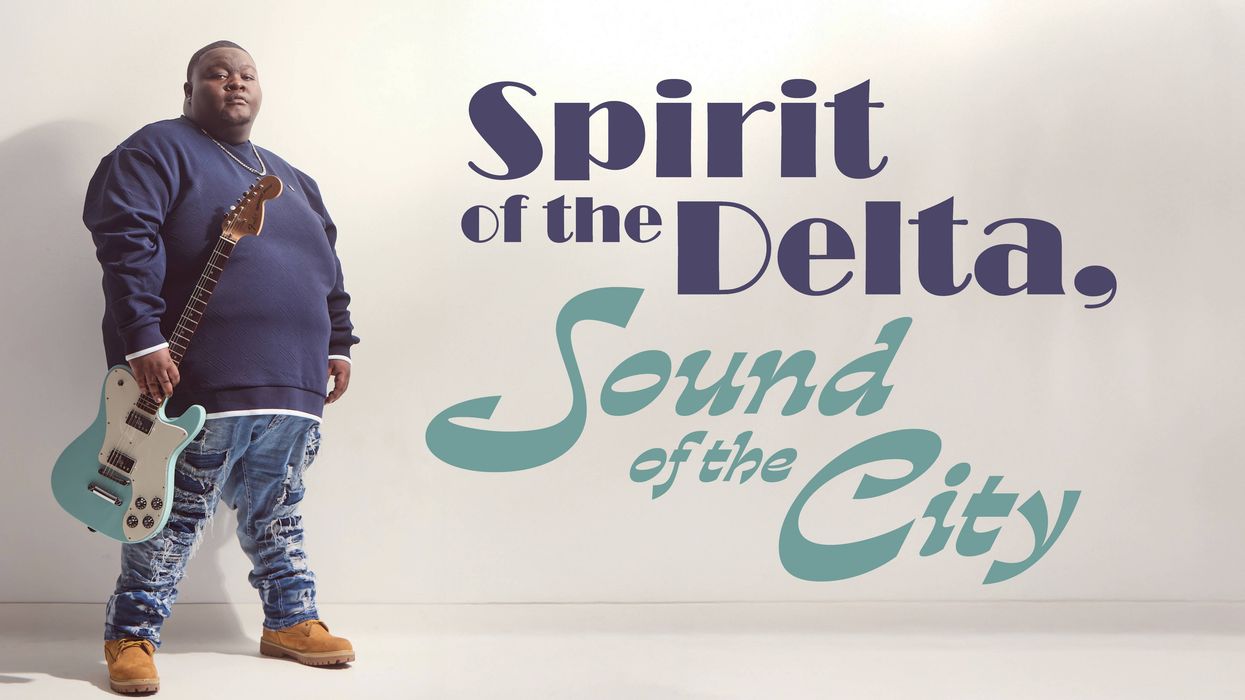
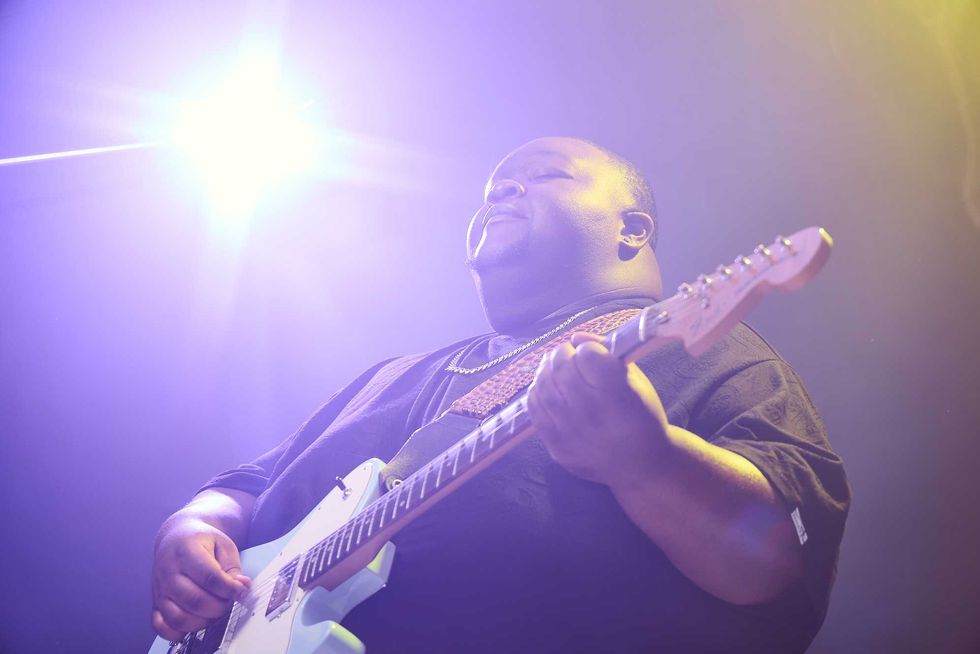
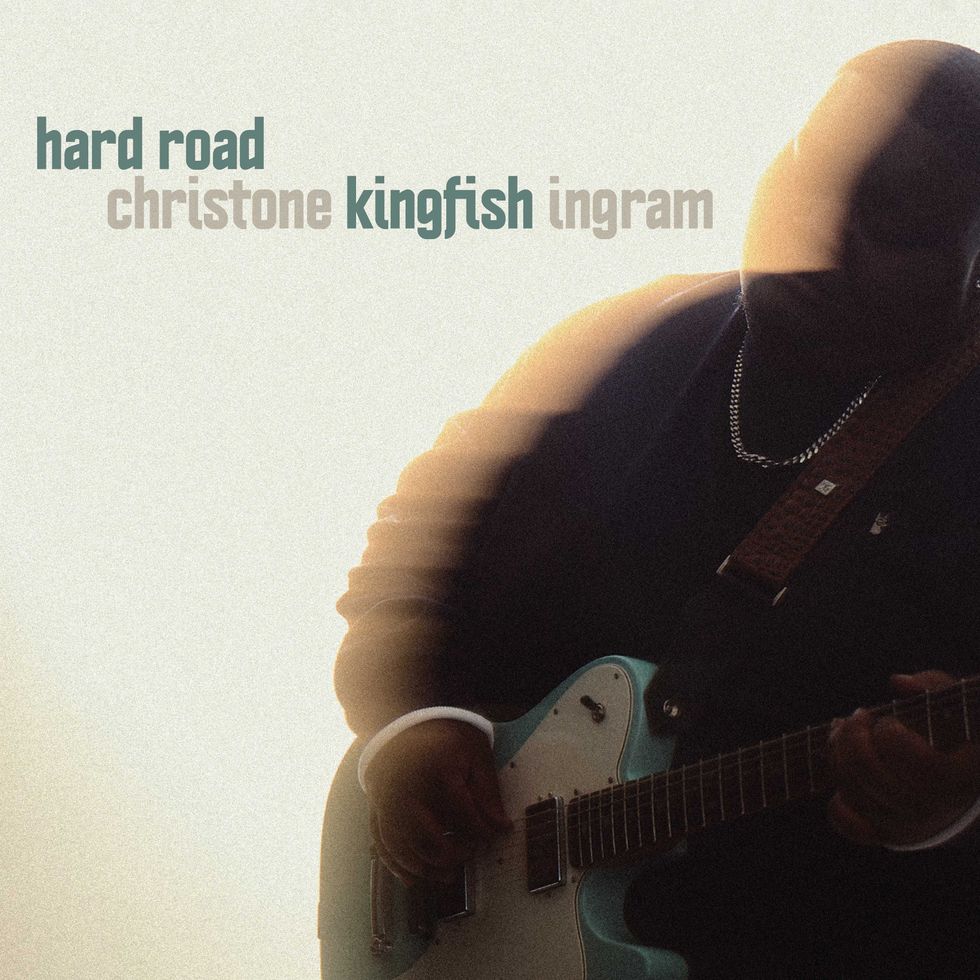
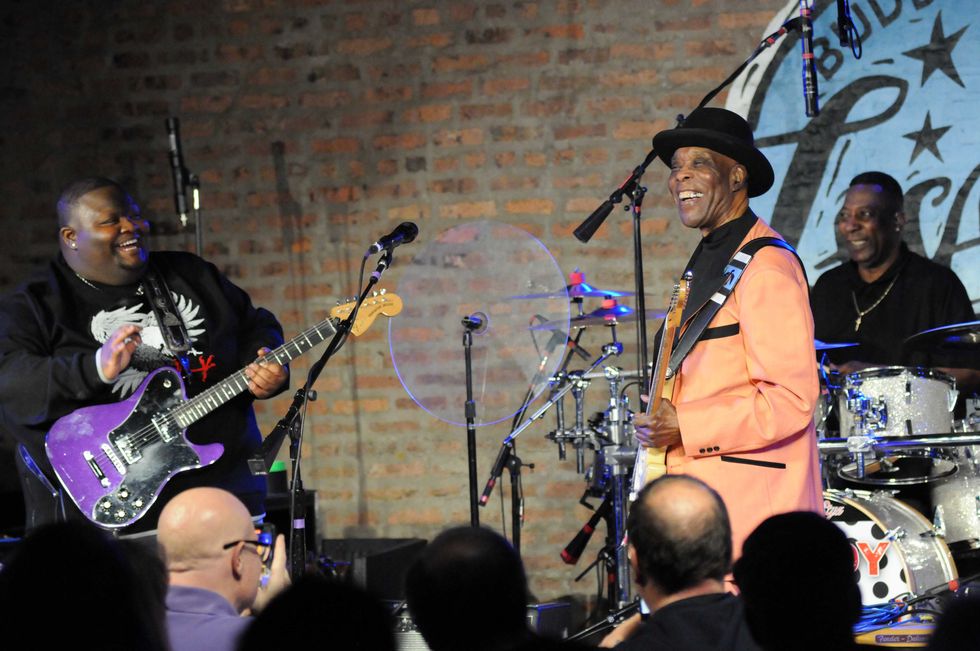
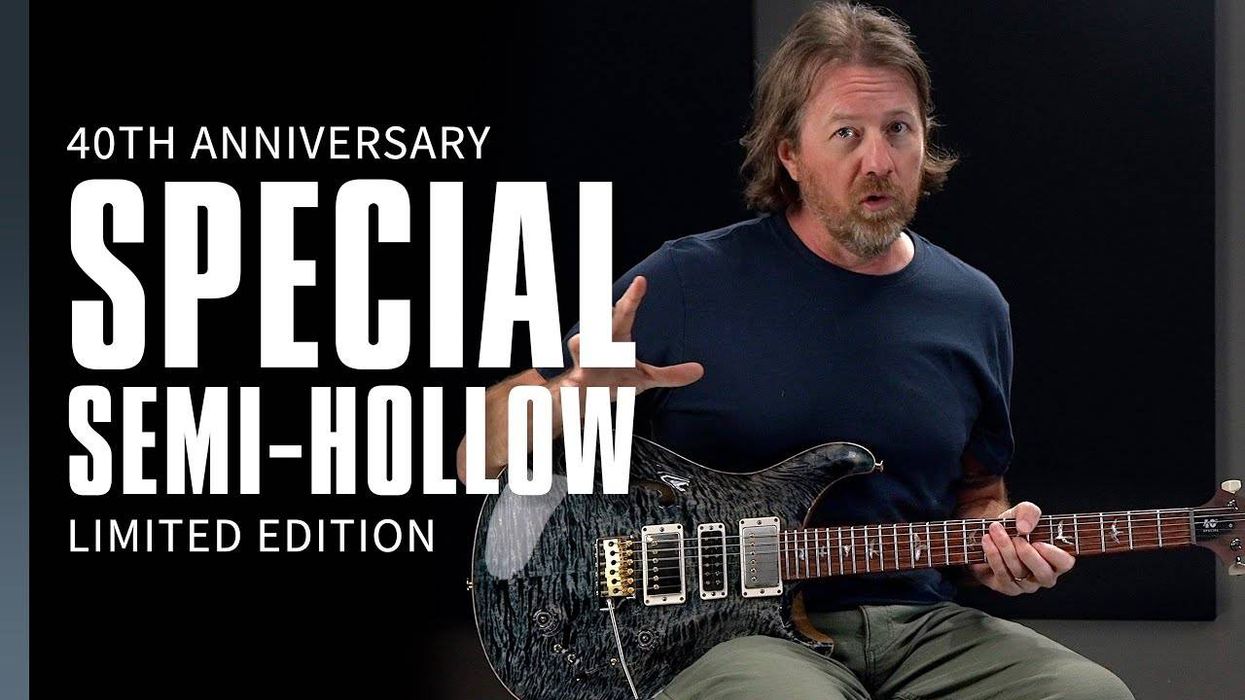
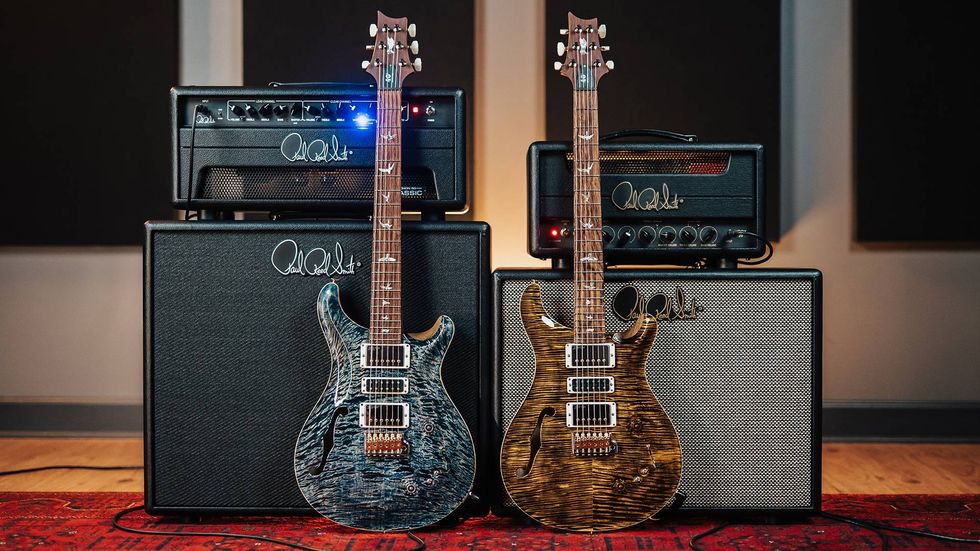
![Rig Rundown: AFI [2025]](https://www.premierguitar.com/media-library/youtube.jpg?id=62064741&width=1245&height=700&quality=70&coordinates=0%2C0%2C0%2C0)












 Shop Scott's Rig
Shop Scott's Rig